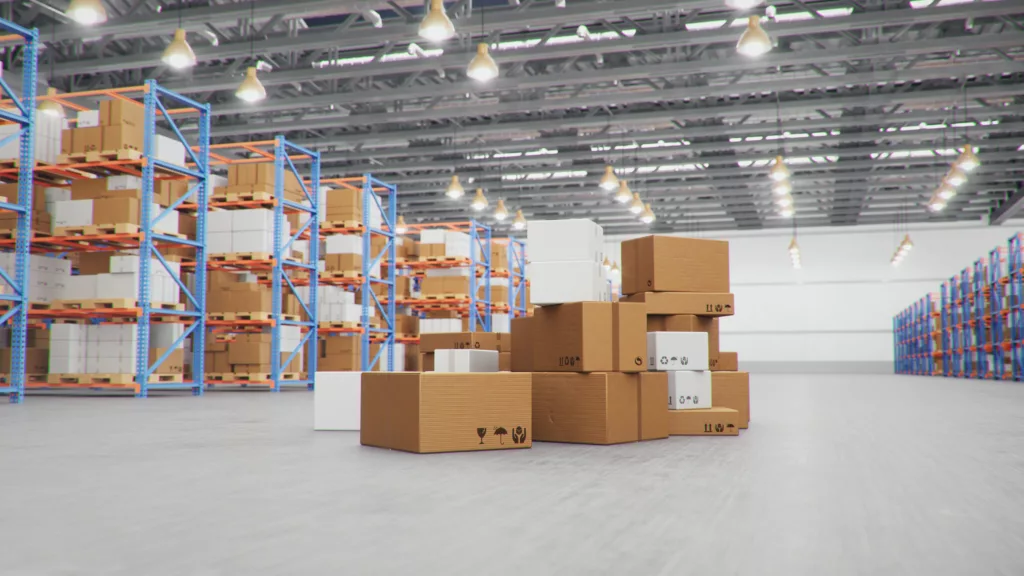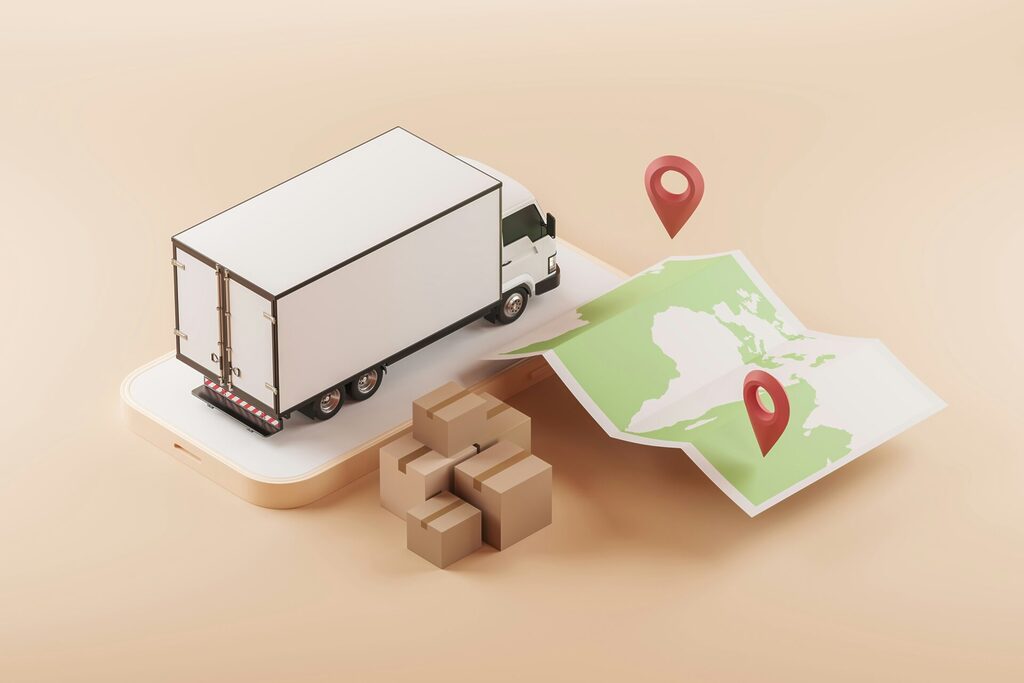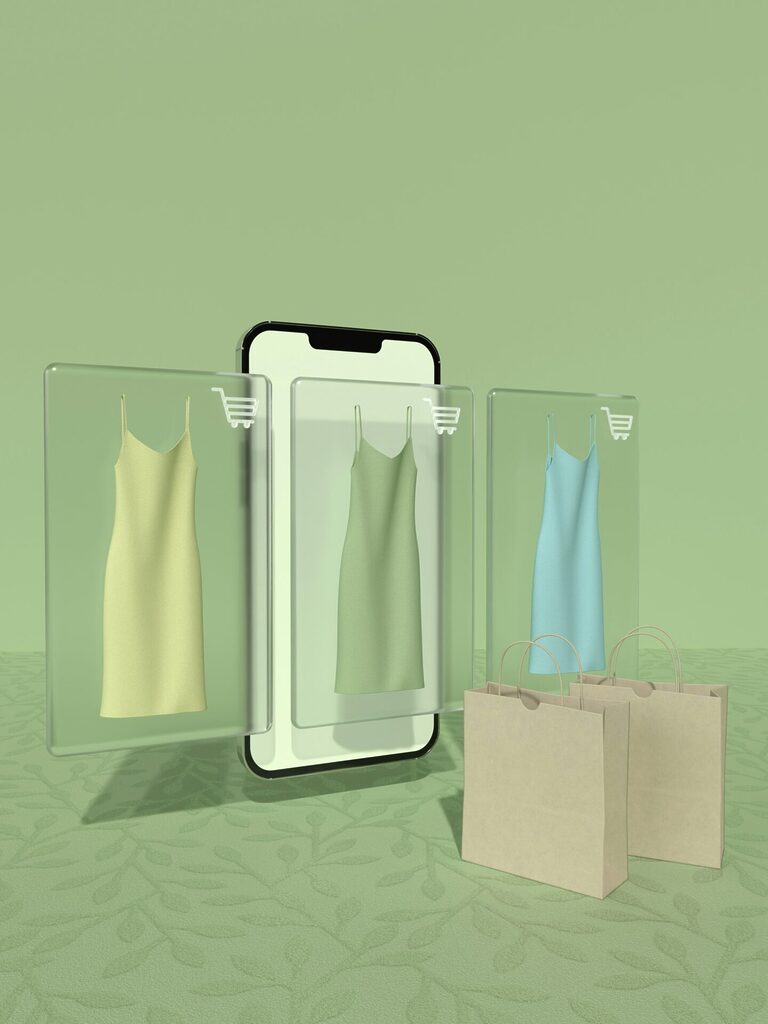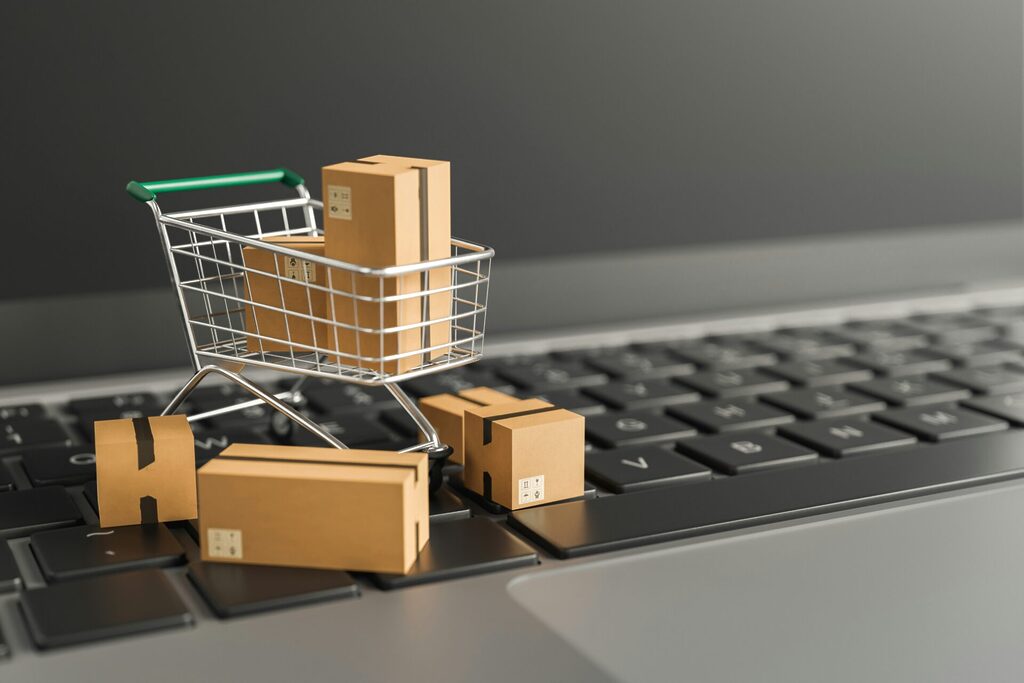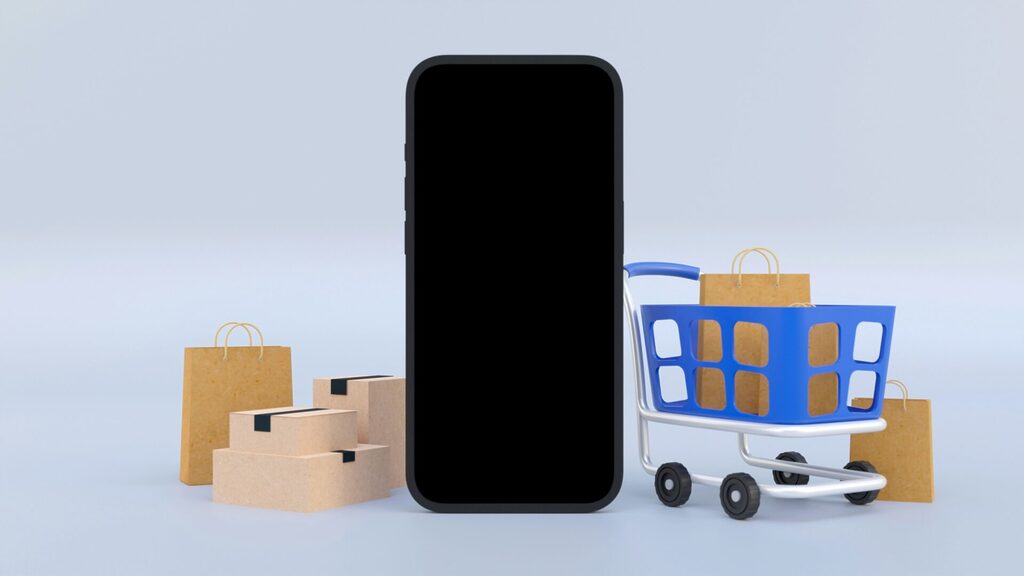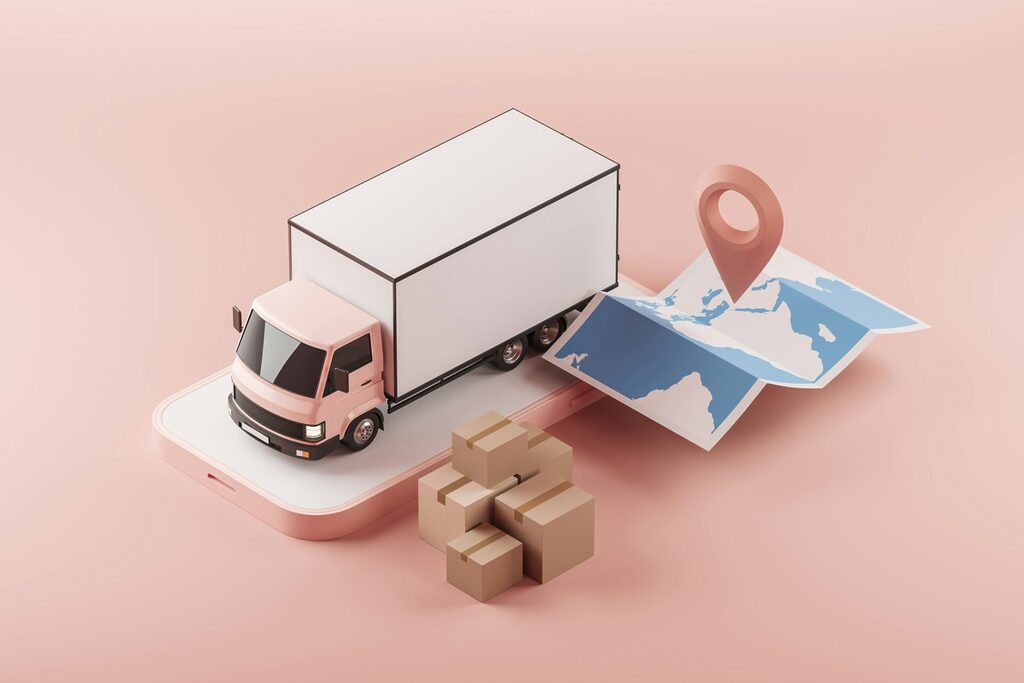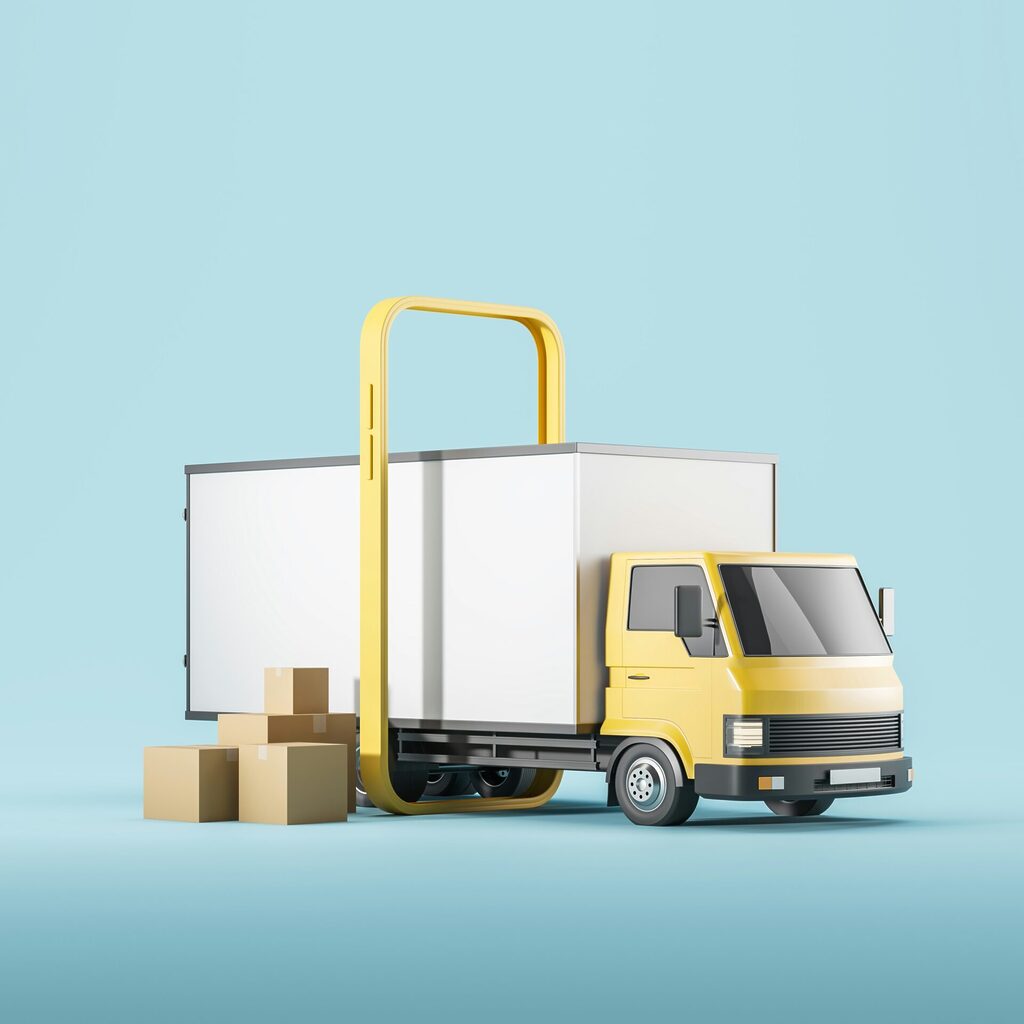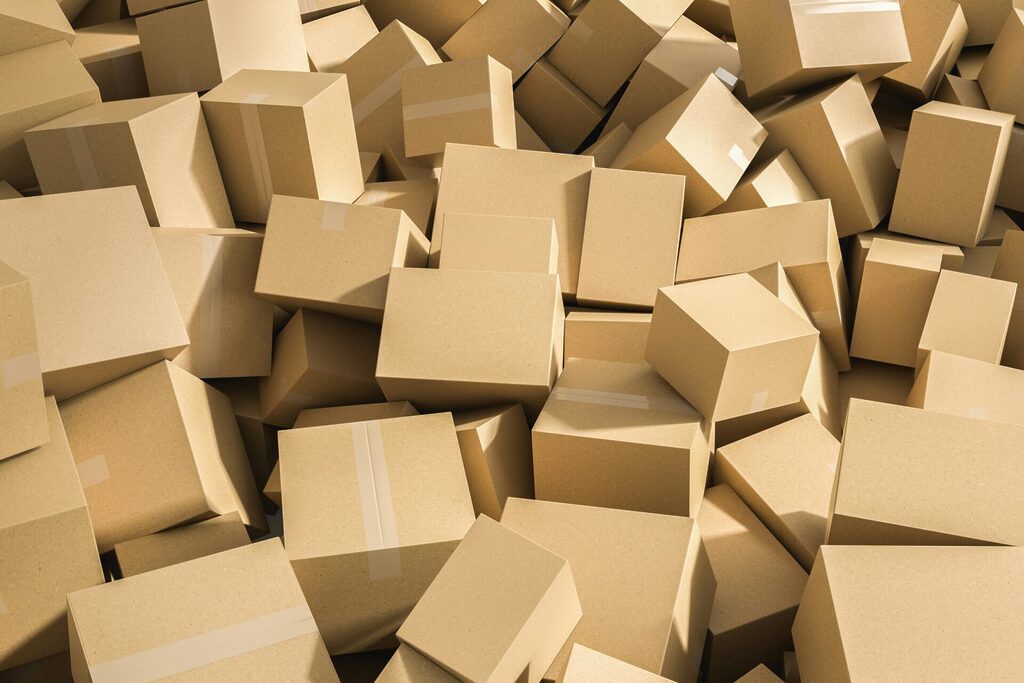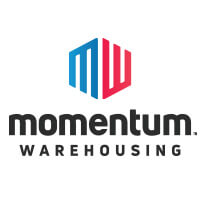Amazon continues to enhance its Fulfillment by Amazon (FBA) service with new, flexible options aimed at improving the returns process for sellers and customers alike. These updates reflect Amazon’s ongoing commitment to sustainability and customer satisfaction. The latest features are designed to streamline Amazon returns management for both shoppers and sellers.
Grade and Resell
The Grade and Resell program represents a major advancement for sellers managing returned items. This optional service allows for the resale of returned inventory through Amazon, following a thorough inspection. Each returned product undergoes a detailed evaluation, including testing and, for electronics, power-on tests and factory resets. Items are categorized into one of four conditions: “Like New,” “Very Good,” “Good,” or “Acceptable.”
Previously exclusive to Retail brands, the Amazon Returns Management solution of Grade and Resell is now available to all FBA sellers in the U.S. This expansion follows a phased rollout and extensive feedback collection, aimed at refining the service. The program offers independent sellers a valuable avenue to recover value from returned products, while providing customers with an increased selection of pre-owned and open-box items.
Getting Ahead of Amazon Returns – Management of Product Support
Amazon is also bolstering its customer service with the introduction of enhanced Product Support. Both retail and FBA brands can now provide free support on eligible purchases, addressing setup, usage, or troubleshooting needs. Brands can offer comprehensive assistance through manufacturer contact details, detailed troubleshooting guides, instructional videos, or part replacement coordination. In 2023, this support helped prevent over 11 million returns in the U.S. and Europe, marking a 50% increase from the previous year and significantly improving customer experience and reducing return shipments.
FBA Returnless Resolutions
To further optimize the Amazon Returns Management process, Amazon has rolled out the Returnless Resolutions program. This feature enables U.S. sellers to issue refunds without the need for customers to return the item. Particularly advantageous for international sellers and those dealing with low-cost products, this program provides a more cost-effective and efficient solution for managing Amazon returns.
FBA Donation – A Sustainable Amazon Returns Management Solution
For items that cannot be resold but still have usable life, Amazon collaborates with the nonprofit Good360 to facilitate donations. The FBA Donations program allows sellers to contribute eligible products to families and individuals in need. This initiative not only supports communities but also helps minimize waste by giving products a meaningful second chance.
Amazon’s returns management innovation is clear in the range of solutions now available. These include the expanded Grade and Resell program, Returnless Resolutions, and FBA Donations. Each of these innovations is designed to enhance convenience. They also work to prolong the life of products and support charitable causes. Together, they benefit both sellers and customers. The result is a more streamlined and effective returns process.
